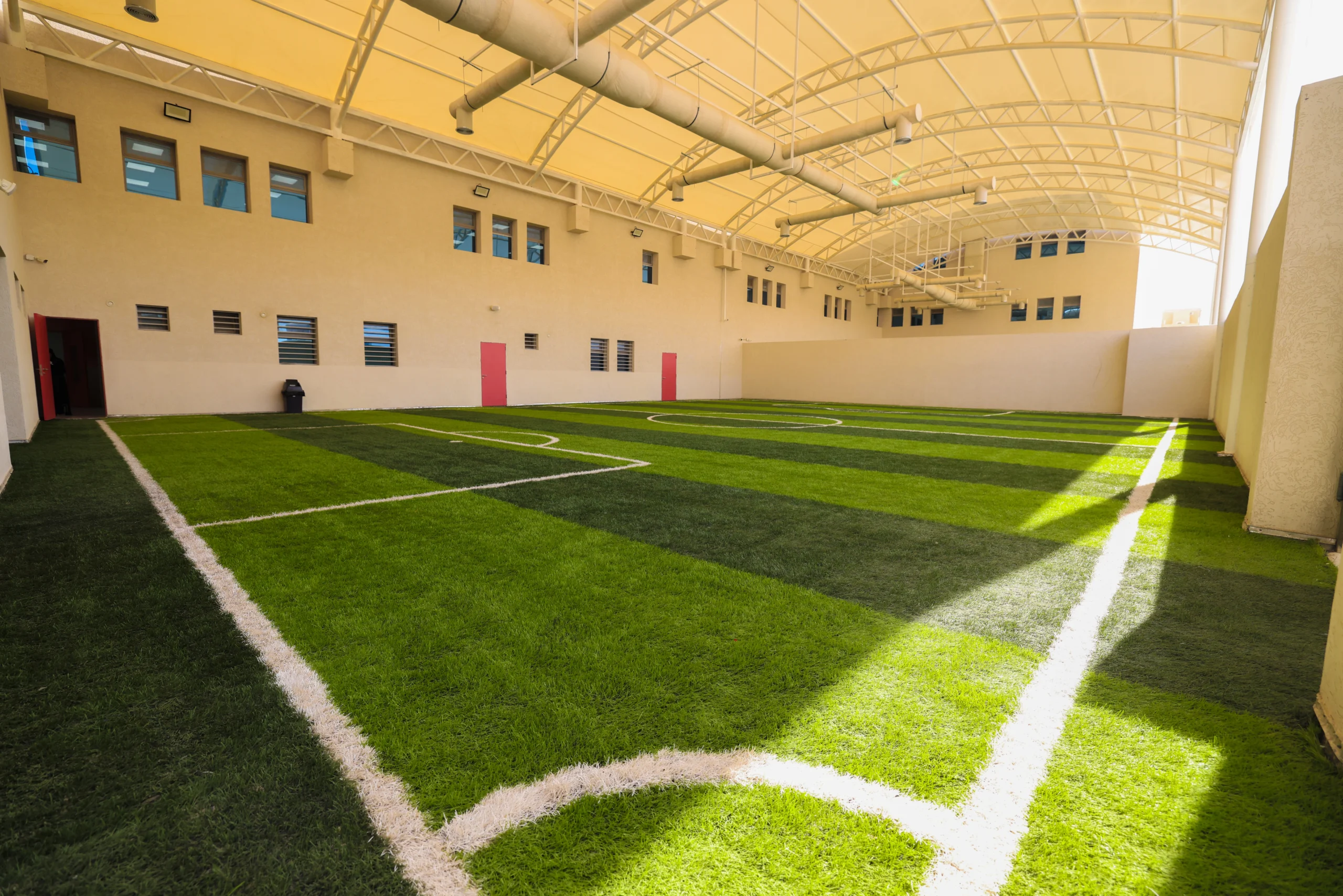Introduction to Smart Classrooms
Smart classrooms are one of the most significant technological innovations that have transformed modern education. These classrooms fall under the category of “Smart Classrooms” at Alsakb International Schools, where modern technology is integrated in a way that allows both teachers and students to maximize their learning experiences. Compared to traditional classrooms, smart classrooms provide an interactive learning environment that enhances student participation and learning through the use of advanced digital devices and networks.
Smart classrooms feature a variety of technologies such as interactive whiteboards, laptops, tablets, and a learning management system that enables teachers to develop comprehensive lesson plans and effectively assess student progress. This technological interaction fosters a dynamic learning environment, making it easier for students to explore lesson content from different angles and at their own pace. The use of smart classrooms encourages students to think critically and innovate, while also giving them access to a wide range of educational resources beyond traditional textbooks.
Additionally, smart classrooms play a vital role in motivating teachers to innovate in their teaching methods. The available technology helps them design engaging educational activities that keep up with students’ evolving interests. By using techniques like educational games and project-based learning, teachers can enhance information retention and the acquisition of new skills. Therefore, adopting smart classrooms is a crucial factor in the continuous development of educational methods, making them more in line with the needs of the modern era.
Smart Classroom Technology
Smart classrooms are a key component in transforming the educational environment through the integration of advanced technology. At Alsakb International Schools, a variety of modern tools and techniques are used, such as interactive boards, tablets, and e-learning programs, all of which enhance the learning experience and stimulate interaction between students and teachers.
Interactive whiteboards enable teachers to present lessons in a more engaging manner, allowing them to clarify concepts accurately through interactive illustrations. This type of display helps students understand the content visually, which enhances their ability to retain information. Moreover, students can directly participate in lessons by interacting with these boards, which improves their collaboration and communication skills.
Tablets, on the other hand, are effective tools for providing diverse and up-to-date educational content. Alsakb International Schools allow students to use tablets in classrooms, making it easy to access e-books and various educational resources. This type of personalized learning allows students to explore new materials in ways that suit their individual learning styles.
As for e-learning programs, Alsakb International Schools have provided multiple platforms to support remote learning and access additional resources outside the traditional classroom. These programs enable students to learn at their own pace, which enhances the seriousness and productivity of their studies. Through this diversity in the use of technology, smart classrooms aim to create an inspiring and effective learning environment that paves the way for students toward a prosperous academic future.
Benefits of Smart Classrooms for Students and Teachers
Smart classrooms at Alsakb International Schools represent a qualitative shift in education, significantly contributing to improving the quality of the educational process. Among the notable benefits of these classrooms, we find the improvement in interaction between students and teachers. By adopting technology, teachers can use interactive tools that enhance student participation in lessons, which contributes to better understanding and makes the learning process more exciting.
Moreover, smart classrooms provide a personalized learning environment where each student can progress at their own pace. With the use of advanced technologies, educational programs can be designed to match the individual needs of each student, helping reduce educational gaps. This flexibility leads to boosting students’ self-confidence as they can face educational challenges in ways that align with their abilities.
In addition to this, smart classrooms positively impact academic achievement levels. Numerous studies have shown that technology enhances the understanding and absorption of information more effectively compared to traditional methods. Therefore, students are able to achieve better results and tangible academic achievements.
On the other hand, smart classrooms also offer significant benefits to teachers. With the available technological tools, teachers can provide rich and diverse educational materials, and they can track students’ progress more accurately and easily. This helps them adapt their teaching strategies based on student needs, enhancing teaching effectiveness and increasing teachers’ motivation for innovation and creativity in their teaching methods.
Challenges and Future Visions
Smart classrooms at Alsakb International Schools have many advantages that provide a modern and effective educational environment. However, the implementation of these classrooms is not without challenges, which require clear planning and future vision. One of the main challenges that might arise in implementing smart classrooms is technology-related issues. The systems and devices used in smart classrooms may face malfunctions, affecting lesson progress and students’ ability to access educational content. This requires schools to ensure ongoing maintenance and provide effective alternatives in case of any malfunction.
Additionally, the need for teacher training on using advanced tools is an essential factor. Technology evolves rapidly, necessitating continuous updates to teachers’ skills and knowledge. If teachers do not receive adequate training, they may not be able to use smart classrooms effectively, which impacts the quality of education provided to students.
There is also the issue of ensuring all students have access to the technological features provided by smart classrooms. Not all students may have the same level of access to devices or the internet. Therefore, schools must work to provide these opportunities fairly to everyone.
As for future visions, smart classrooms may play a pivotal role in developing education through deeper integration of technology. Alsakb International Schools may explore new strategies to provide remote learning, enhance interactivity, and make educational content accessible to students wherever they are. It is certain that investing in smart classrooms and developing their infrastructure will contribute to improving the overall educational experience, making the schools leaders in modern education.












